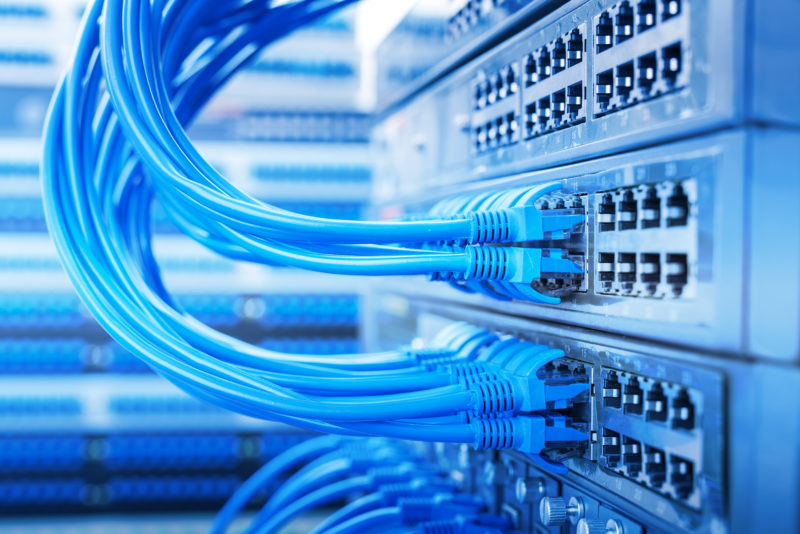broadband
Definition
Broadband is the transmission of wide bandwidth data over a high speed internet connection.
According to the FCC, the definition of broadband internet is a minimum of 25 Mbps download and 3 Mbps upload speeds. Broadband provides high speed internet access via multiple types of technologies including fiber optics, wireless, cable, DSL and satellite.
Types of broadband connections
Broadband internet is delivered through several different technologies with varying availability based on location. Which broadband internet service you choose will depend on your needs, preferences, cost and where you live.
Fiber optic
Fiber optics carry lots of data using pulses of light through strands of fiber at the fastest speeds.
Wireless
Wireless (Wi-Fi) connects a home or business to the internet using radio signals instead of cables.
DSL
Digital Subscriber Line (DSL) transmits data over traditional copper phone lines.
Cable & Satellite
Cable delivers high speed internet over the same coaxial cables that deliver pictures and sound to your TV set.
What broadband speed do I need?
Streaming HD videos, gaming and downloading large files eat up the most bandwidth. To achieve a virtually seamless experience with less lag, you may want to consider speed plans 100 Mbps and above. For all other activities like streaming music, surfing and video conferencing — anything above 25 Mbps should be enough. It all depends on how patient you are with potential buffering and slightly slower speeds when others at home are competing for bandwidth at the same time for their own activities.

